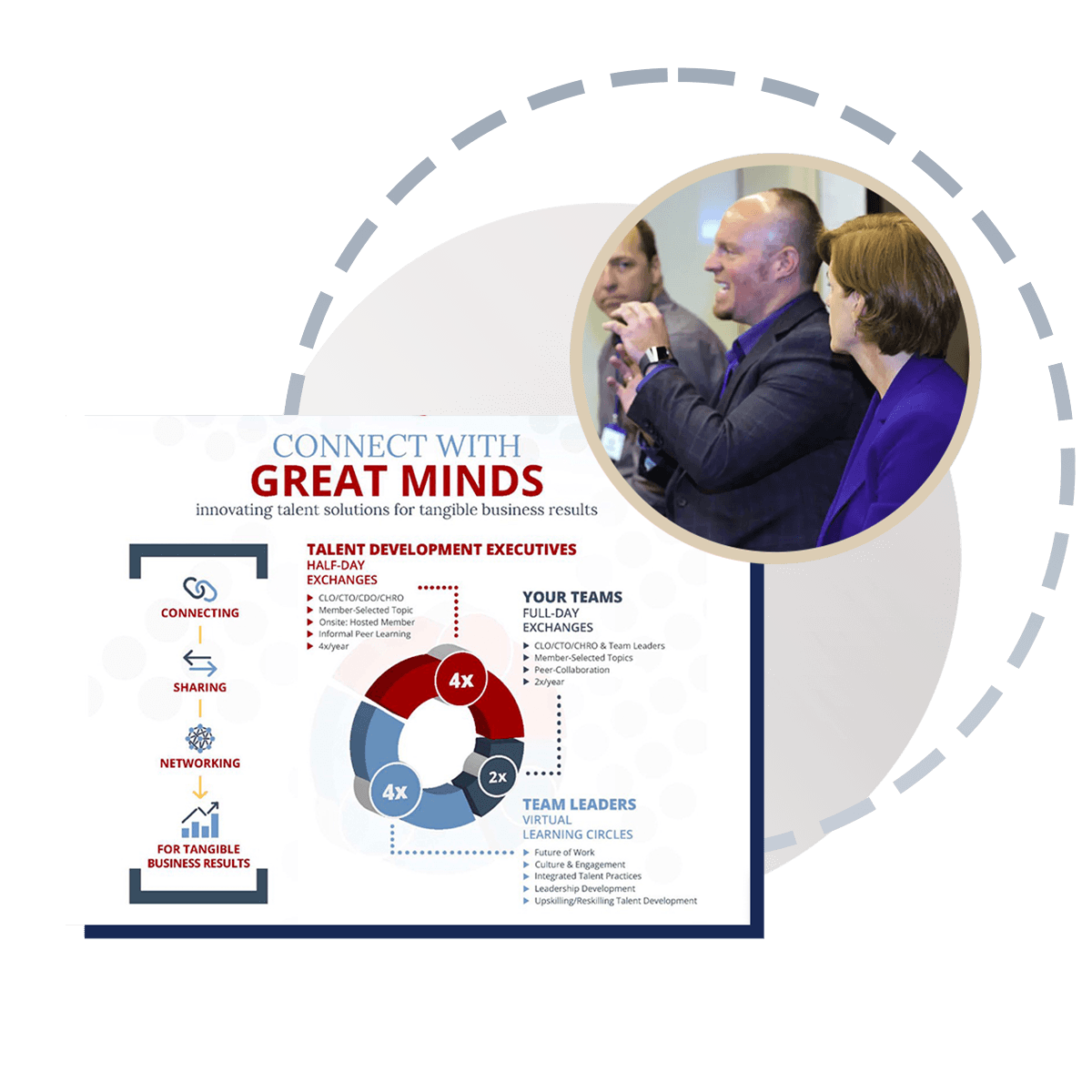This session provided a sharp wake-up call for talent leaders stuck in traditional hiring models.
Ellen Johnson, Jerry Baake, and Tami Martin made it clear: the public workforce development system isn’t just an untapped talent source—it’s a strategic lever for hiring, retention, and long-term workforce resilience. By partnering with community-based organizations and leveraging subsidized training programs, employers can access skilled talent, fill critical gaps, and expand pipelines beyond conventional methods. For sectors facing persistent shortages, like healthcare, this approach isn’t optional—it’s essential.
“Human resources asks, ‘What should we do?’ Workforce development asks, ‘What if we did it differently—and what new talent pool could we unlock?’”
— Jerry Baake, The University of Vermont Health Network

Most leaders say they’re struggling to find talent. But the truth? It’s often hiding in plain sight. The public workforce development system—an underused, no-cost or low-cost resource—offers access to skilled, motivated talent along with built-in support services. Yet many employers still don’t know where to start.
“We have to paint the picture of what happens if we don’t utilize alternative talent pipelines.”
— Tami Martin, Froedtert Health
This session revealed how strategic partnerships with workforce boards and community-based organizations can solve not only hiring needs, but also unlock training funds, improve retention, and increase workforce diversity.
🔑 Key Takeaways:
-
Alternative pipelines ≠ lower standards—they're often untapped, overlooked talent.
-
Public workforce programs offer wraparound services like transportation, job coaching, and tuition support.
-
Data-driven ROI—from lower turnover to reduced traveler costs—makes the case for executive buy-in.
-
Internal mobility and subsidized upskilling strengthen retention and engagement.
-
Failure is part of the process. Start small, iterate, and build momentum.
🎯 Practical Actions for HR Leaders:
-
Start with one workforce board or nonprofit partner—ask for a tour or meeting.
-
Use real cost data (turnover, agency fees) to build the business case for leadership.
-
Engage internal champions with nontraditional career paths to shift perceptions.
-
Leverage grants to cover training, transportation, and other retention supports.
-
Normalize failure as iteration—use early feedback to adapt and grow.
This isn’t just about filling roles—it’s about rethinking how and where we source and grow talent. The most future-ready HR leaders won’t just ask “what should we do?” They’ll ask, “what if we did it differently?”
💬 How are you rethinking talent pipelines? Share your experience on the ELE Idea Exchange.
